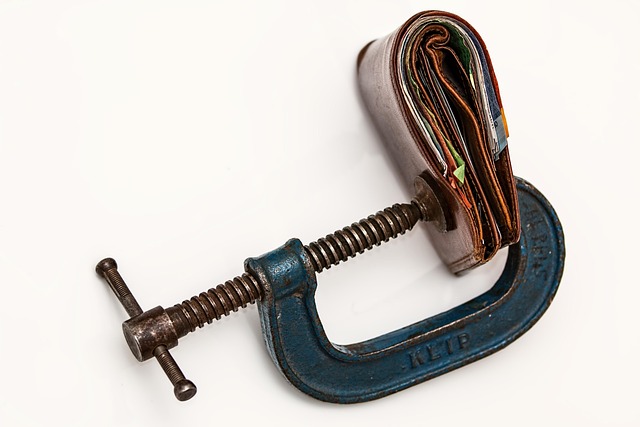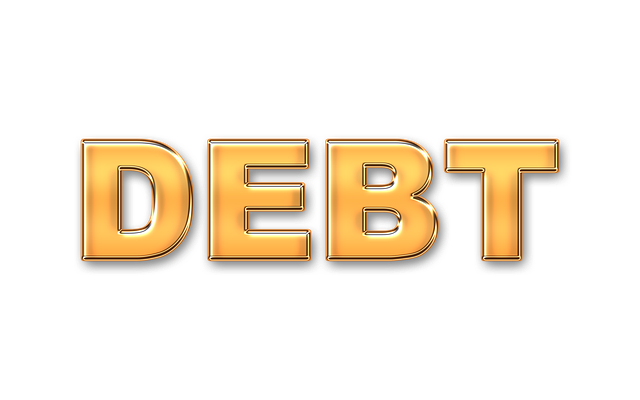South Africa's high-interest debt crisis affects over 40% of citizens, driven by volatile markets and limited financial literacy. Debt consolidation offers a powerful solution by merging multiple loans into one with lower rates, simplifying repayment and alleviating psychological stress. This strategy benefits both individuals (streamlined finances, improved credit scores) and the economy (increased disposable income, boosted consumer market, job creation). Key steps include identifying high-interest debts, strategically prioritizing them, researching consolidation options (like unsecured loans or home equity), implementing a strict repayment plan, and building an emergency fund to prevent future debt. Successful consolidation paves the way for financial stability and better borrowing opportunities.
In South Africa, where high interest rates and economic disparities contribute to a complex debt landscape, consolidating debt offers a lifeline for many. This article demystifies debt consolidation, highlighting its critical role in helping individuals and the economy at large. From understanding the basics to navigating potential traps, we explore strategies for effective consolidation, ultimately aiming for long-term financial freedom. Key topics include the current SA debt situation, benefits of consolidation, avoidance of common pitfalls, and practical steps toward successful debt-free living.
- Understanding Debt Consolidation: A Simple Explanation
- The South African Debt Landscape: Statistics and Challenges
- Benefits of Debt Consolidation for Individuals and the Economy
- Common Debt Traps to Avoid in South Africa
- Steps to Effective Debt Consolidation: A Practical Guide
- Long-term Financial Freedom: Post-Debt Consolidation Strategies
Understanding Debt Consolidation: A Simple Explanation

Debt consolidation is a process that simplifies and consolidates multiple debts into one single loan with a lower interest rate. This means that instead of making separate payments to various creditors, borrowers have a single payment to manage. It’s like combining several small, high-interest loans into one larger loan with a more manageable interest rate.
This approach can help South African individuals and families avoid the trap of multiple debts by reducing their overall monthly expenditure on debt repayment and providing them with a clear path to financial recovery. It streamlines the repayment process, making it easier to stick to a budget and ultimately save money in the long run.
The South African Debt Landscape: Statistics and Challenges

South Africa’s debt landscape is a complex web, with many citizens burdened under the weight of multiple debts. According to recent statistics, over 40% of South Africans have some form of outstanding debt, with credit card and personal loan debts being the most prevalent. The average South African household owes approximately R20,000 in debt, a figure that continues to rise due to various economic challenges.
The challenges faced by South Africans include high interest rates, unpredictable job markets, and limited financial education. These factors contribute to a situation where many individuals fall into the trap of revolving debt, where they consistently borrow and repay without making significant progress towards debt elimination. Consolidation of debt emerges as a crucial strategy to navigate this landscape, offering a path to financial freedom by streamlining multiple debts into one manageable loan with potentially lower interest rates.
Benefits of Debt Consolidation for Individuals and the Economy

Debt consolidation offers a range of benefits for both individuals and South Africa’s economy at large. For personal finance, combining multiple debts into one loan with a lower interest rate can simplify repayment schedules, making it easier for borrowers to manage their finances effectively. This strategy reduces the psychological burden associated with numerous debt obligations, helping individuals regain control over their money.
On a macroeconomic level, consolidating debt can stimulate economic growth and stability. By providing relief to over-indebted consumers, it increases disposable income, which can be reinvested in local businesses or saved for future investments. This, in turn, fosters a more robust consumer market, encouraging entrepreneurship and job creation, thereby strengthening the overall economy of South Africa.
Common Debt Traps to Avoid in South Africa

In South Africa, where high interest rates and a variety of debt options can make financial management challenging, understanding common debt traps is crucial. One of the most pervasive is the practice of rolling over debts, where individuals consistently extend the repayment period of their loans, leading to prolonged financial strain. This often occurs with short-term loans or credit cards, trapping borrowers in a cycle of high-interest payments and extending the time it takes to pay off the original debt.
Another common pitfall is the accumulation of multiple small debts across various lenders without a clear repayment strategy. Many South Africans may have several microloans, personal loans, or credit card balances, making it difficult to manage repayments effectively. Without consolidating these debts into a single loan with a lower interest rate, individuals can face escalating costs and potential damage to their credit score. The consolidation of debt in South Africa offers a viable solution by streamlining multiple obligations into one manageable repayment plan, providing much-needed financial relief.
Steps to Effective Debt Consolidation: A Practical Guide

Debt consolidation is a powerful tool for South Africans looking to regain control over their finances, but it requires careful planning and execution. The first step involves assessing your current financial situation, listing all debts with varying interest rates and terms. Prioritize debts with the highest interest rates as these accumulate more quickly.
Next, research various debt consolidation options: unsecured loans, home equity loans, or credit card balance transfers. Compare interest rates, repayment terms, and any associated fees to choose the most suitable option for your budget. Once selected, create a strict repayment plan, ensuring you meet all obligations on time. Regularly review your spending habits to prevent future overspending and new debt accumulation, ultimately leading to long-term financial stability.
Long-term Financial Freedom: Post-Debt Consolidation Strategies

After successfully consolidating debt, individuals in South Africa can look forward to a brighter financial future. This process provides an opportunity for long-term financial freedom and stability. One key strategy post-consolidation is to build an emergency fund. This ensures that unexpected expenses don’t lead to new debt accumulation. Additionally, creating a realistic budget and adhering to it becomes easier, allowing for smarter spending habits and savings.
Focusing on increasing income through career advancement or side hustles can further strengthen financial health. Paying off the consolidated debt within the planned timeframe demonstrates discipline and commitment. This not only improves credit scores but also signifies the individual’s ability to manage money effectively, opening doors to better borrowing opportunities in the future.
Debt consolidation offers a viable path towards financial stability for South Africans burdened by multiple debts. By understanding this process and its benefits, individuals can avoid the pitfalls of excessive borrowing and navigate their financial journeys with renewed confidence. Effective debt consolidation strategies not only alleviate financial stress but also empower citizens to rebuild their economic future, fostering long-term prosperity for both individuals and the nation as a whole.

